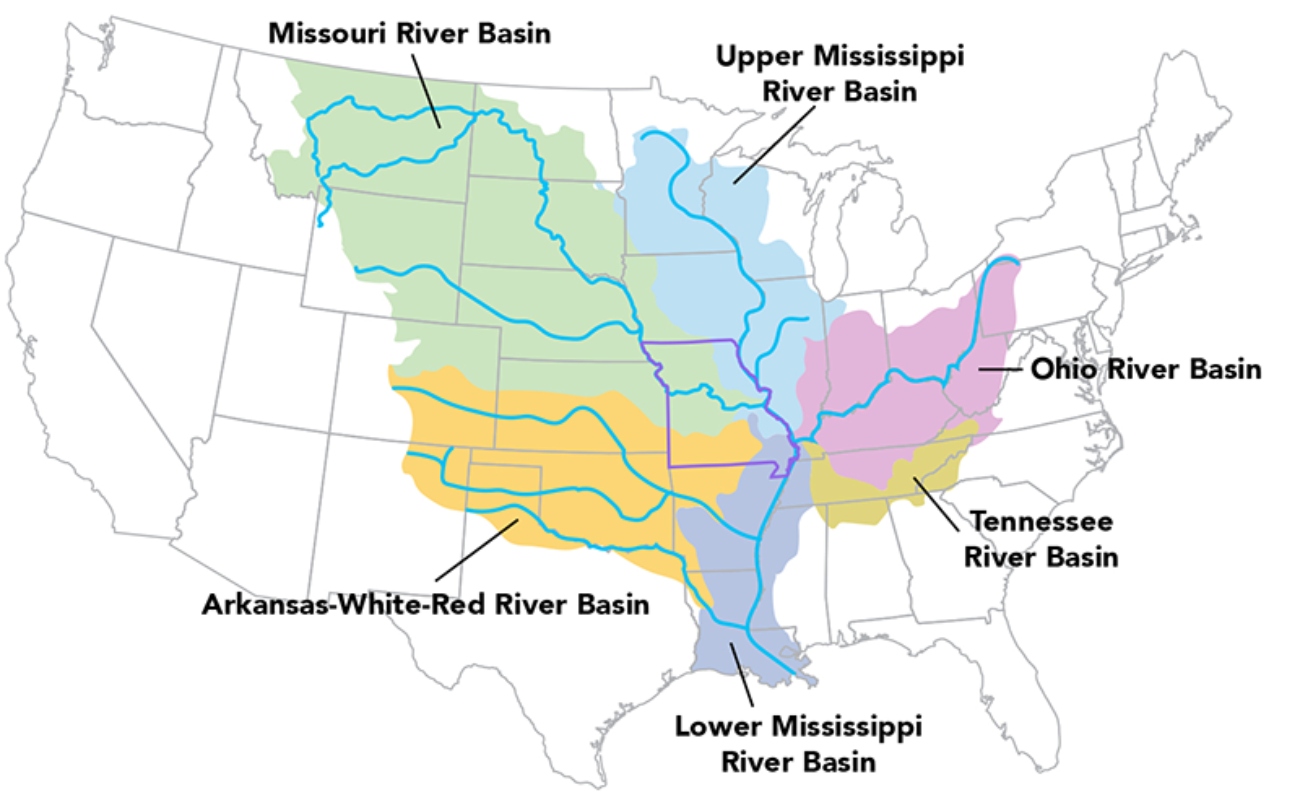After a train hauling hazardous materials derailed in Ohio earlier this month, there are concerns about the river and drinking water.
Environmental Facts About the Ohio River
The Ohio River was affected by the toxic chemicals left over by the train derailment on February 6.
The Ohio River is approximately 981 miles (1,579 kilometers) long and is owned by the state of Kentucky.
Many cities and towns get their drinking water from the Ohio River, a major source of drinking water for communities along its banks. Some of the largest cities that rely on the Ohio River for their drinking water include Pittsburgh, Cincinnati, Louisville, and Evansville.
The normal process of filtering water from the Ohio River to make it safe for drinking typically involves several steps. However, since the chemicals have seeped into the river, additional monitoring and filtering are likely to be enhanced.
Filtering water includes removing large debris and particles through a process called screening, then water is treated with chemicals such as chlorine or ozone to kill any harmful bacteria or viruses that may be present.
The water is then treated with chemicals like alum to help remove smaller particles and impurities., and later passed through a series of filters, such as sand filters, activated carbon filters, or membrane filters, to help remove remaining particles and impurities.
For the last step, the water is disinfected again before being pumped to homes and businesses for consumption. The specific treatment methods used can vary depending on the location and the quality of the source water.
It’s All Connected
The Ohio River interacts with or flows into several other rivers, streams, and basins. This means that any toxic chemicals that enter the Ohio river because of the train derailment can also get into arteries and basins of other important water sources.
Officials confirmed there was no detection of vinyl chloride, but “low levels” of butyl acrylate did spill into the Ohio River.
Here are a few examples of how water is connected:
- The Mississippi River: The Ohio River is a major tributary of the Mississippi River, joining it just downstream of Cairo, Illinois.
- The Tennessee River: The Tennessee River flows into the Ohio River near Paducah, Kentucky.
- The Allegheny River: The Allegheny River is a major tributary of the Ohio River, joining it in Pittsburgh, Pennsylvania.
- The Monongahela River: The Monongahela River is another major tributary of the Ohio River, joining it in Pittsburgh, Pennsylvania.
- The Kanawha River: The Kanawha River flows into the Ohio River near Point Pleasant, West Virginia.
- The Wabash River: The Wabash River flows into the Ohio River near Mount Vernon, Indiana.
How Safe is the Ohio River Water?
Remarkably, even after all the carcinogens and deadly chemicals seeped into the Ohio river after the chemical fire and explosion, the EPA has stated the water is safe. However, locals are reporting fish are dead in the river and do not trust the EPA’s recommendations.
Others mention that people’s pets are dying.
Get the news you need at It’s On News.



[…] Concerns About the Ohio River Water […]